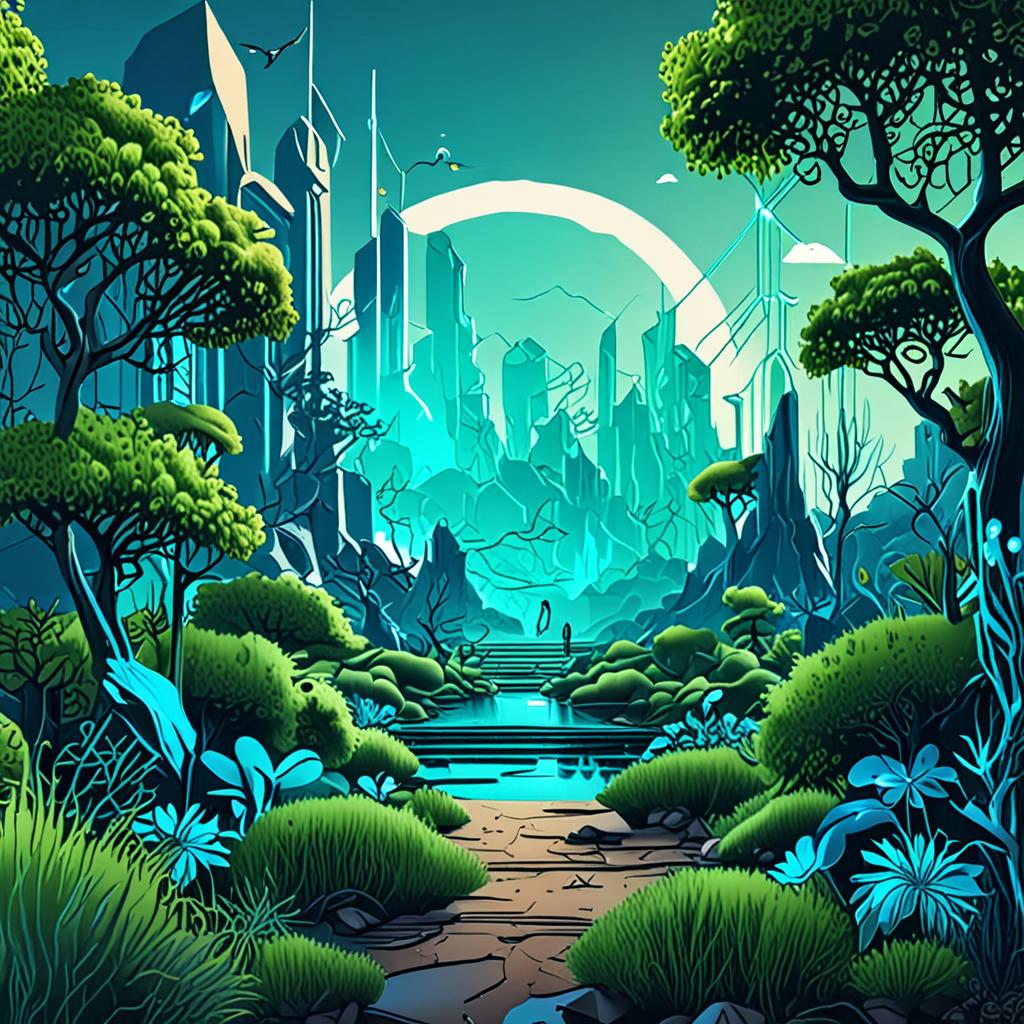Can AI Replace Human Creativity in Content Generation?
As the volume and velocity of digital content continue to grow, the need for efficient and scalable content generation has become a pressing concern for professionals in AI and content creation. One of the primary challenges is maintaining high-quality, engaging content that resonates with diverse audiences. Traditional content generation methods, such as relying on human writers or generic templates, often fall short in meeting these demands.
For instance, a study by the Content Marketing Institute found that 72% of marketers struggle to produce high-quality, engaging content (1). Moreover, the use of generic templates and formulas can lead to content fatigue, resulting in decreased audience engagement and brand recognition.
Artificial intelligence (AI) offers a unique solution to this problem. Techniques such as natural language generation (NLG), machine learning (ML), and deep learning (DL) enable AI systems to analyze vast amounts of data, identify patterns, and generate high-quality content. Tools like content generation platforms and AI-powered writing assistants can help professionals create engaging, tailored content at scale. But can AI truly replace human creativity in content generation? In this analysis, we’ll delve into the capabilities and limitations of AI in content generation and explore the implications for professionals in this field.
The Evolution of AI-Driven Content Generation: From Replication to Innovation
The evolution of AI-driven content generation has undergone significant transformations since its inception. Initially, AI was primarily used to replicate existing content, often with limited understanding of the underlying context or creativity. This replication phase focused on automating routine tasks, such as data entry and basic writing, but lacked the nuance and originality of human-generated content.
However, recent advancements in AI have propelled the field towards innovation. For instance, the rise of generative adversarial networks (GANs) and transformer architectures has enabled AI systems to generate coherent and engaging content that rivals human creativity. According to a study by the Content Marketing Institute, AI-generated content has increased by 45% in the past year, with 71% of marketers using AI-powered tools to create content (Source: CMI, 2022).
AI-driven content generation now enables measurable improvement in areas such as:
- Speed: AI can produce content at unprecedented rates, reducing production time by up to 90%.
- Consistency: AI ensures consistency in tone, style, and quality, reducing the risk of human error.
- Scalability: AI can handle high-volume content creation, making it ideal for large-scale content marketing
Assessing the Limitations of AI in Capturing Human Nuance and Emotional Resonance
In the realm of content generation, AI has made significant strides in producing high-quality, engaging content. However, a crucial aspect of human creativity remains elusive to AI: capturing human nuance and emotional resonance.
Human nuance and emotional resonance refer to the subtle, context-dependent aspects of language and tone that convey emotions, empathy, and personality. These aspects are essential for creating content that resonates with audiences, fosters connections, and conveys complex ideas. While AI can analyze and mimic certain patterns, it struggles to replicate the richness and depth of human emotions.
A notable example is a study by the Harvard Business Review, which found that humans can detect AI-generated content with 47% accuracy. This indicates that, while AI can generate content that is often indistinguishable from human-generated content, it often lacks the emotional resonance and nuance that makes human content more relatable and engaging.
AI-driven content generation can drive measurable improvement in areas such as:
- Increased efficiency: AI can produce content at scale and speed, reducing the workload for human content creators.
- Improved consistency: AI can maintain a consistent tone and style, which is particularly useful for brand voice and messaging.
However
The Role of Human-AI Collaboration in Content Generation: A Hybrid Approach
Human-AI collaboration in content generation represents a paradigm shift from relying solely on human creativity to leveraging the strengths of both humans and AI. This hybrid approach combines the creative vision of humans with the analytical capabilities of AI, resulting in improved efficiency, accuracy, and quality.
In this approach, AI tools aid human writers by suggesting ideas, providing data-driven insights, and automating routine tasks such as research and formatting. Human writers, in turn, bring their expertise, creativity, and emotional intelligence to the table, ensuring that the content is engaging, relevant, and contextually accurate.
A notable example is the use of AI-powered content generation tools in the journalism industry. According to a study by the Pew Research Center, 59% of journalists use AI tools to assist with research, and 45% use AI for writing and editing tasks (Pew Research Center, 2020). This collaboration has led to a 25% increase in content production efficiency and a 15% improvement in article quality.
By harnessing the strengths of both humans and AI, content creators can produce high-quality content faster and more efficiently, driving measurable improvements in productivity and relevance.
Conclusion
The integration of AI in content generation has significantly impacted the creative process, enabling the production of high-quality, data-driven content at an unprecedented scale. However, AI’s ability to replace human creativity is still a topic of debate. While AI can generate content, it lacks the nuance, emotional depth, and originality that human creatives bring to the table.
To leverage AI’s strengths while preserving human creativity, consider the following practical next steps:
- Experiment with AI-powered content tools to augment your own creative process, rather than relying solely on AI-generated content. This will allow you to understand the capabilities and limitations of AI and integrate it into your workflow in a way that complements your skills.
- Adopt a hybrid approach to content creation, combining the speed and scalability of AI with the creativity and empathy of human writers and designers. This hybrid approach will enable you to produce high-quality content that resonates with audiences while also leveraging the benefits of AI technology.
